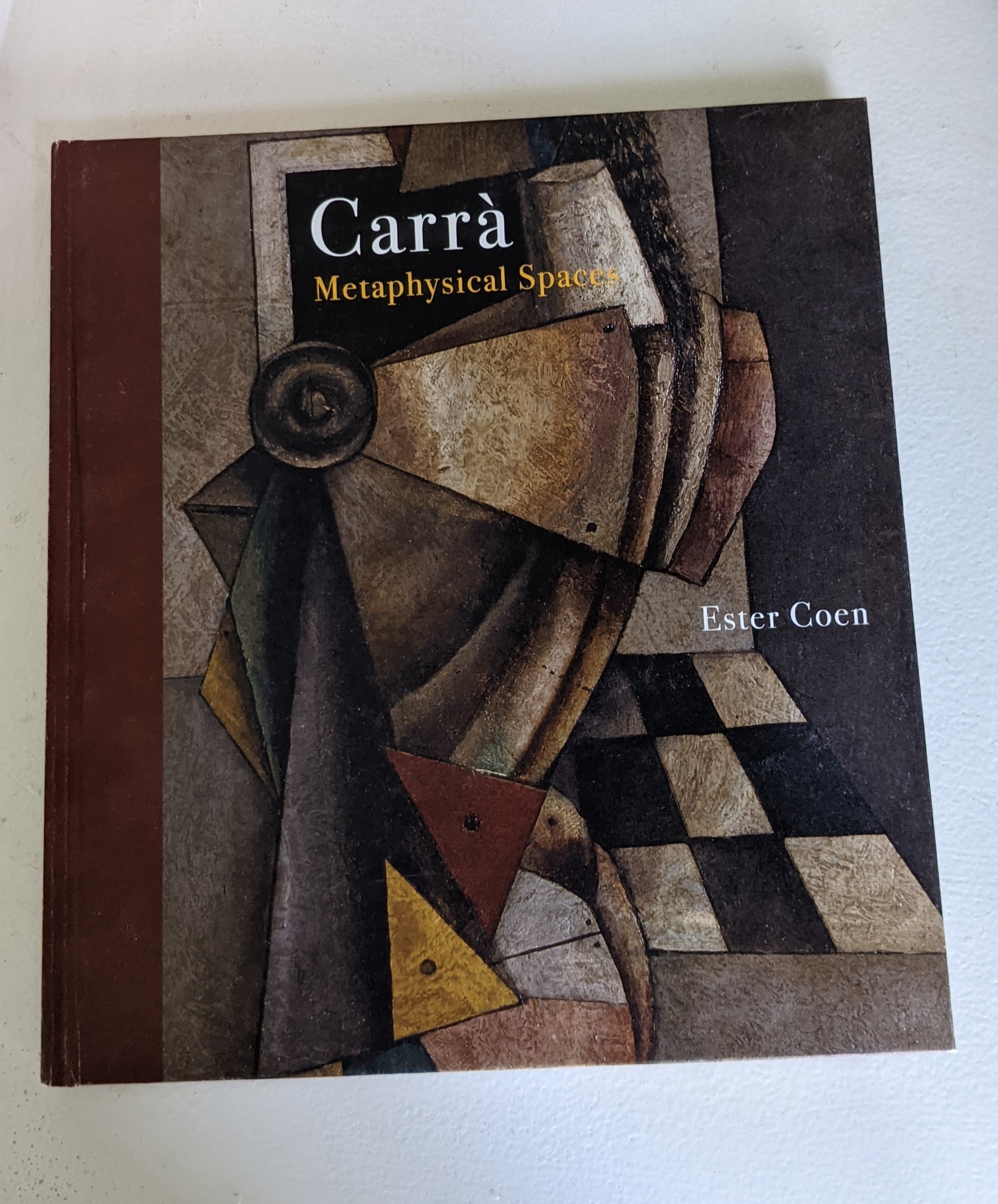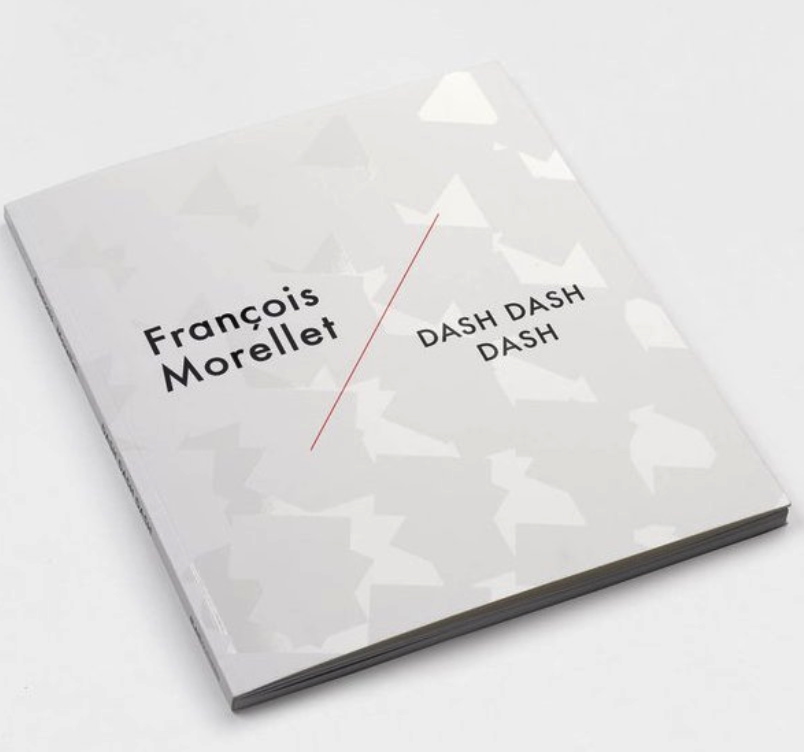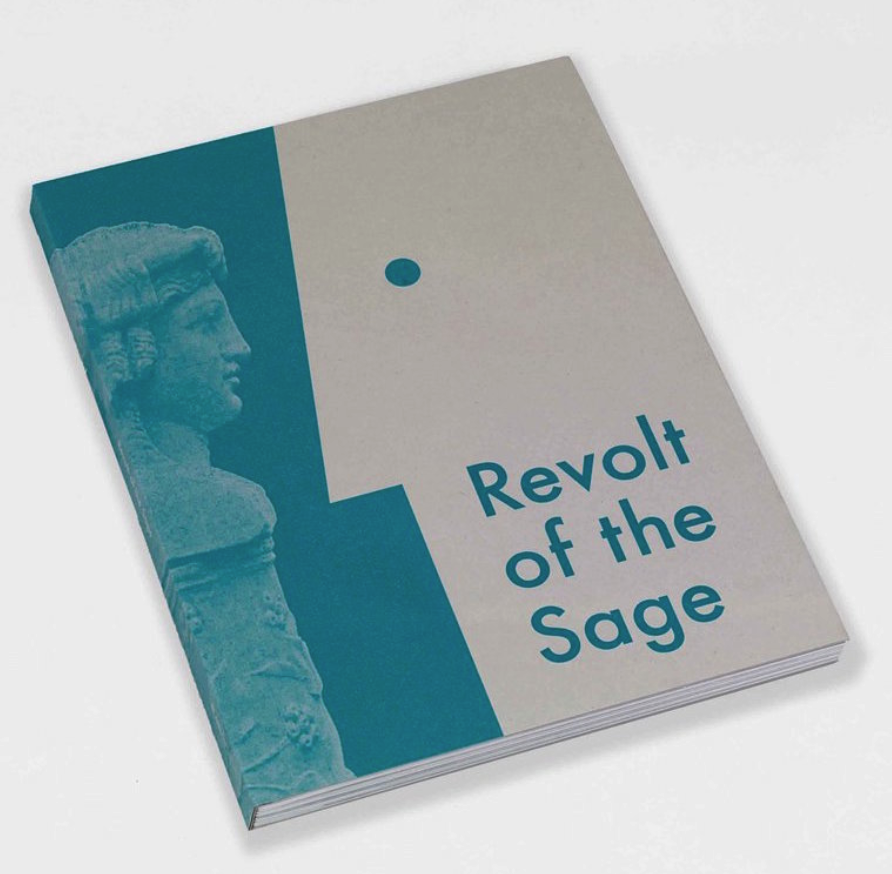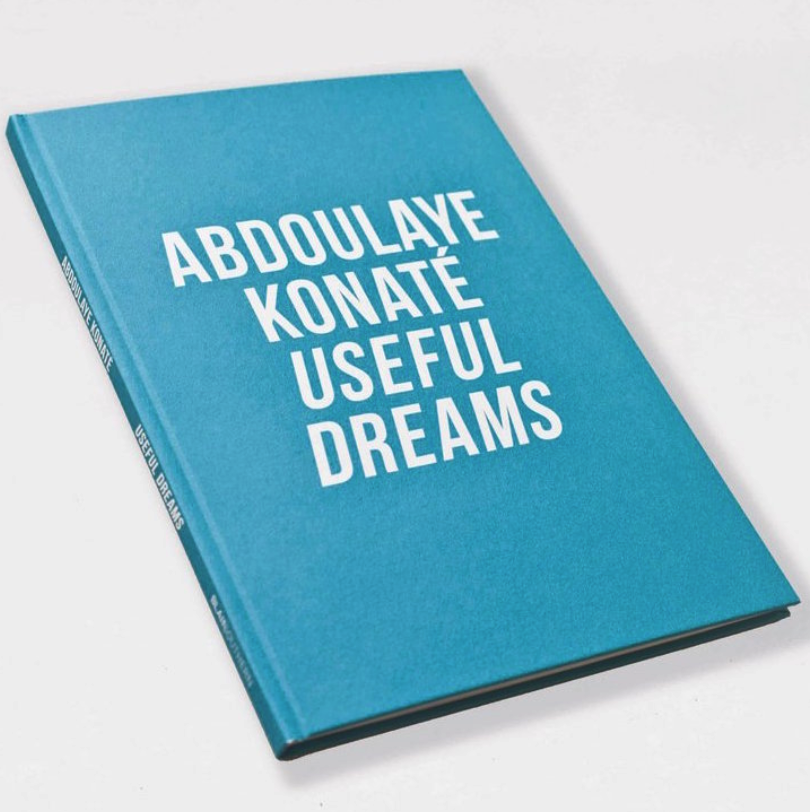I produce editorial in a variety of media, from artist books and monographs to film, podcasts and short-form social media content.
Publications
Carlo Carra: Metaphysical Spaces

Luca Carra (author), Ester Coen (author, editor), Elena Bonanno di Linguaglossa (author,editor), Toby Kidd (author, editor, translations), Carlo Carra (artist), Guillaume Apollinaire (poet)
François Morellet: Dash Dash Dash

In an unlikely pairing, François Morellet manages to combine humour and playfulness with strict mathematical systems, making work which is whimsically titled, aesthetically uplifting and conceptually rich. In Dash Dash Dash 42 white neon lights, are arranged in a pattern that was determined by using the number π. The neon tubes are connected by electric cables and joined to power transformers. The visibility of functional material is an integral part of all of his works.
The publication follows Morellet’s eponymous exhibition at Blain|Southern Berlin, which included his largest installation to date. Serge Lemoine, long-term friend and curator of Morellet’s major retrospective at the Centre Pompidou in 2011, explores the exhibition from conception to creation. Within the context of the artist’s extensive and accomplished career to-date, Lemoine discusses the life, work and identity of this hugely significant artist.
Klucis, Lissitsky, Rodchenko, Tatlin
Re-Constructivism: by John Milner

In this innovative and elegant book the scale models of Henry Milner, many of them newly commissioned by GRAD: Gallery for Russian Arts and Design, are used to investigate and reveal the formal novelty of these structures and make them work as three-dimensional objects. Chapters by a team of international art historians and curators are complemented by fresh translations of writings from the period to re- veal the fascination with materials and structure that led to objects as diverse as Tatlin’s flying machine, Lissitzky’s utopian figurines, Rodchenko’s spatial constructions and the geometric propaganda kiosks of Klucis. Profusely illustrated with photographs of the original works and Milner’s models, this book will delight any enthusiast for Constructivist art and the radical political environment in which it arose. This volume is published in association with the exhibition Utopia Ltd at GRAD: Gallery for Russian Arts and Design, London, 20 September — 20 December 2013
Simon Moretti and Craig Burnett:
Revolt of the Sage

“a compendium of texts and artworks on the themes of time, ruptures in history, and Giorgio de Chirico’s ‘Metaphysical aesthetics’”
Edited by Simon Moretti and Craig Burnett, the publication of Revolt of the Sage acts as an extension of the exhibition, featuring a compendium of texts and artworks that serve to expand the show’s themes of time, ruptures in history, and Giorgio de Chirico’s ‘Metaphysical aesthetics’.
Reproductions of pictures by historical artists Alfred Böcklin and Nicolas Poussin complement the artists, with images of work both from the show and exclusively in the book, extending the exhibition into the space of the publication. Poems and texts by Guillaume Apollinaire, John Ashbery, William Blake, Adolfo Bioy Casares, Giorgio de Chirico, Lydia Davis, Emily Dickinson, John Donne, A.W. Moore, Carol Rumens, Wallace Stevens and Alfred, Lord Tennyson contribute to the conversation about, in de Chirico’s words, ‘the great curve of eternity’.
The book also features a newly commissioned text on de Chirico’s painting The Revolt of the Sage (1916) by art historian Ara H. Merjian, as well as a lively, wide-ranging dialogue between Merjian and philosopher Jesse Prinz on de Chirico’s relevance to contemporary artists.
Abdoulaye Konaté: Useful Dreams

Abdoulaye Konaté (b. 1953 Diré, Mali) primarily takes the form of textile-based installations that explore socio-political and environmental issues, as well as showcasing his aesthetic concerns and formal language. Konaté questions the way in which societies and individuals, both in Mali and beyond, have been affected by factors such as war, the struggle for power, religion, globalisation, ecological shifts and the AIDS epidemic. Employing material native to Mali, namely woven and dyed cloths, the artist creates large-scale abstract and figurative compositions. Konaté refers to the West-African tradition of using textiles as a means of commemoration and communication, balancing global political and social reflections with a reference to his own local and cultural history.
The publication was produced to accompany Abdoulaye Konaté’s exhibition Useful Dreams, including texts by Koyo Kouoh and Roger M. Burgle